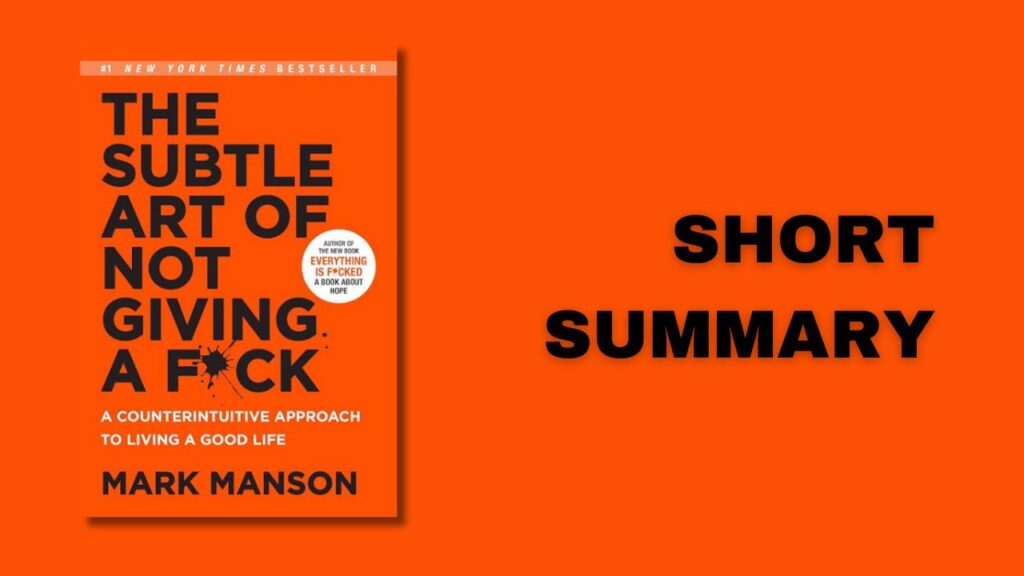“Thinking, Fast and Slow” by Daniel Kahneman is a groundbreaking book that explores how humans think and make decisions. Kahneman, a Nobel Prize-winning psychologist, presents a comprehensive examination of two modes of thinking: System 1 (fast thinking) and System 2 (slow thinking).
Listen in Audio Format
Introduction: Two Systems of Thinking

Kahneman introduces the idea that our brain operates in two distinct systems:
- System 1: This is the fast, automatic, and intuitive way of thinking. It’s the system that kicks in when you recognize a friend’s face in a crowd, react to a loud noise, or complete the phrase “bread and….” System 1 operates quickly, without much effort, and is often based on instincts and gut feelings.
- System 2: This is the slow, deliberate, and analytical way of thinking. It’s used when you solve a math problem, plan a trip, or make a difficult decision. System 2 requires more mental effort, concentration, and time. It’s the part of your brain that steps in when System 1 can’t handle the task alone.
Both systems are essential for different situations, but they can also lead to mistakes when used inappropriately. System 1 is prone to errors because it relies on heuristics (mental shortcuts) and can be influenced by biases, while System 2, although more accurate, is slow and mentally taxing.
Part 1: System 1 – Fast Thinking
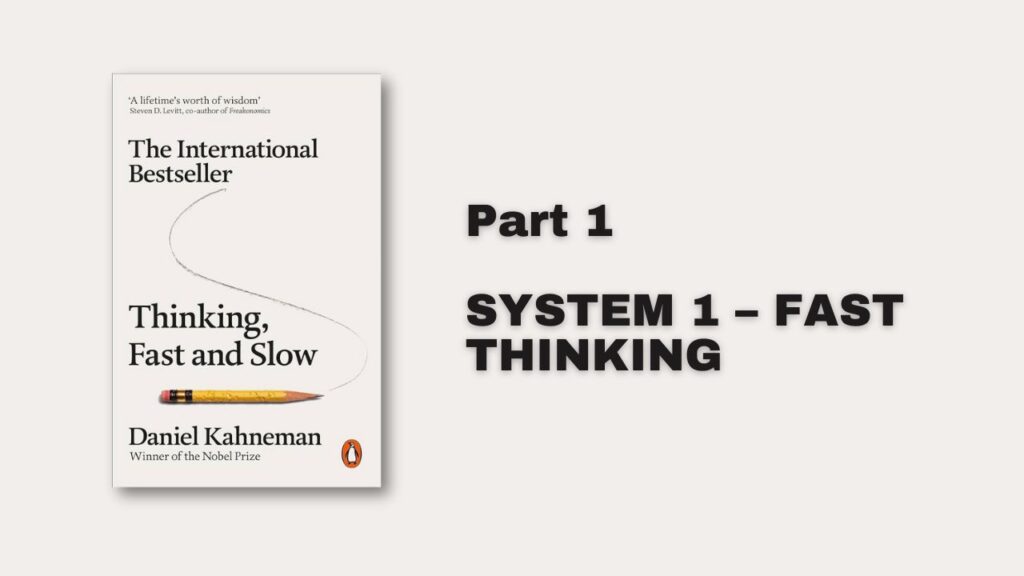
Kahneman delves deeper into System 1, explaining how it works and where it can lead us astray.
Chapter 1: The Characters of the Story

Kahneman describes System 1 as intuitive, fast, and based on experiences. System 2 is described as logical, slow, and deliberate. He emphasizes that while System 1 is generally useful, it can lead to systematic errors because it often oversimplifies complex situations.
Let us understand this with an example. If you’re driving on a familiar route, System 1 takes over, allowing you to operate almost on autopilot. But if something unexpected happens, like an obstacle in the road, System 2 needs to step in to figure out how to handle the situation.
Chapter 2: Attention and Effort

This chapter explains that System 2 requires effort and attention. It can only focus on one task at a time, which is why multitasking often leads to mistakes. System 1, on the other hand, runs effortlessly in the background, handling routine tasks.
Let us understand this with an example. When you’re learning to drive, System 2 is heavily engaged because you have to focus on each action. Once you become an experienced driver, System 1 takes over, freeing up System 2 for other tasks.
Chapter 3: The Lazy Controller
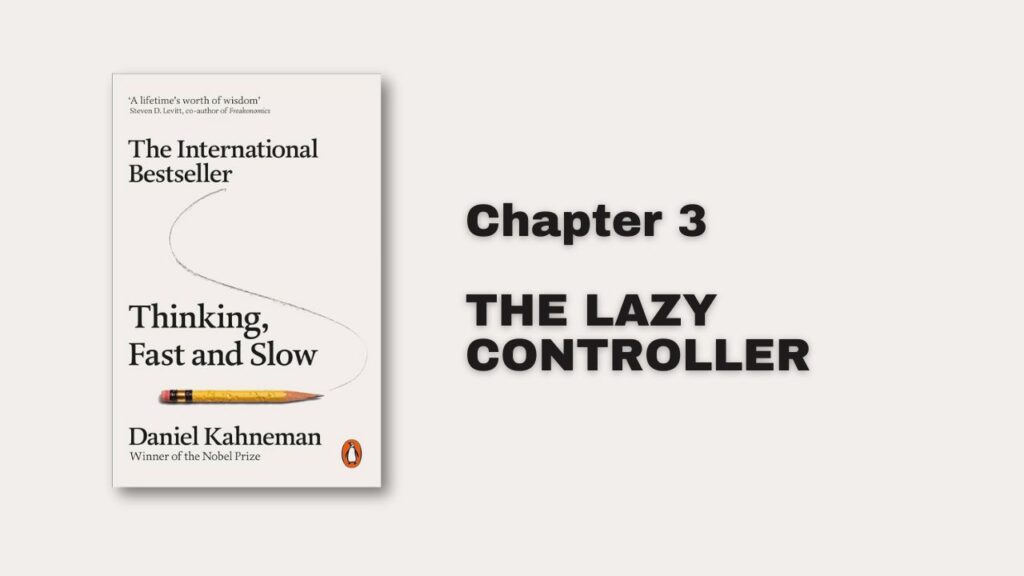
Kahneman discusses how System 2 tends to be lazy and often defers to System 1, even in situations where slow thinking is required. This can lead to poor decision-making, especially in complex situations where quick judgments are insufficient.
Let us understand this with an example. When you’re tired, System 2 might not engage fully, leading you to make decisions based on gut feelings (System 1) rather than careful analysis.
Part 2: Heuristics and Biases
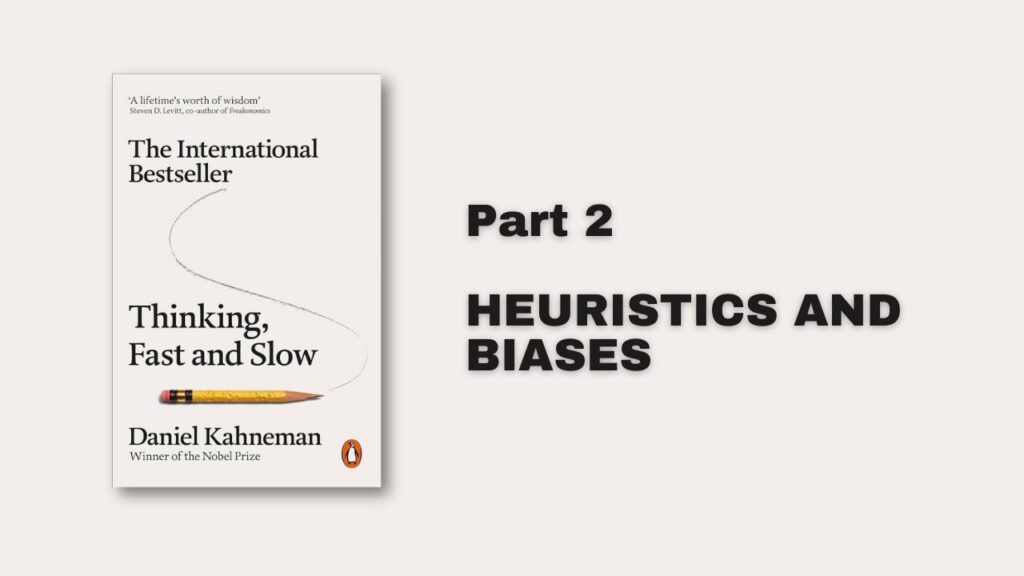
Kahneman explores how System 1 uses heuristics—mental shortcuts that simplify decision-making—and how these can lead to cognitive biases.
Chapter 4: Anchors
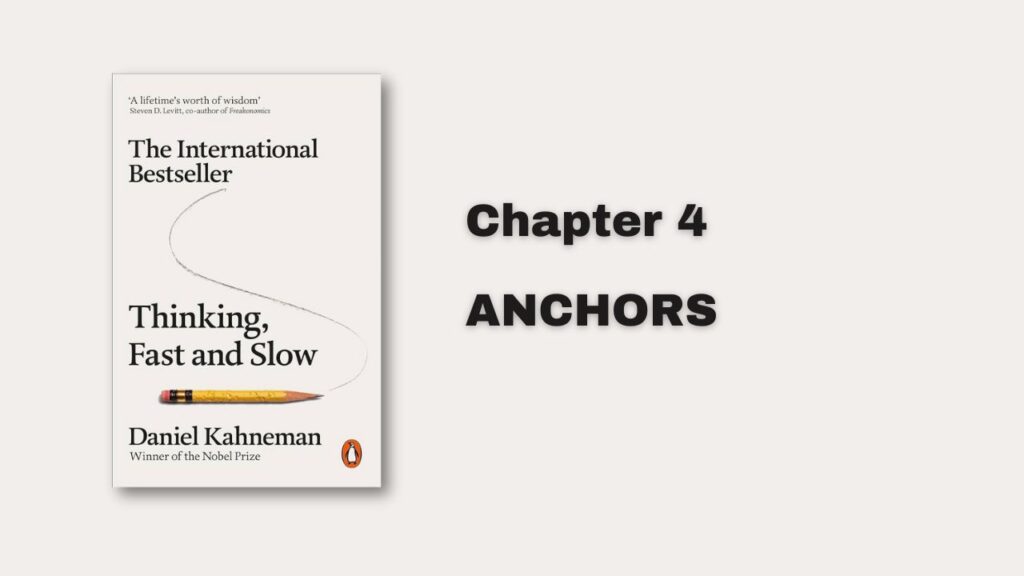
The anchoring effect is a bias where we rely too heavily on the first piece of information (the anchor) we receive when making decisions. This can distort our judgment and lead to incorrect conclusions.
If you’re negotiating a salary and the first offer is low, this number can anchor your expectations, making you accept a lower salary than you might have otherwise.
Chapter 5: Availability

The availability heuristic is a bias where people assess the probability of an event based on how easily examples come to mind. Events that are more memorable or recent seem more likely, even if they are statistically rare.
Let us understand this with an example. After seeing news reports of plane crashes, you might overestimate the danger of flying, even though statistically, it’s safer than driving.
Chapter 6: Substitution

When faced with a difficult question, we often substitute it with a simpler one that System 1 can answer more easily. This can lead to incorrect or oversimplified conclusions.
Let us understand this with an example. If asked how happy you are with your life, you might instead answer a simpler question, like how happy you feel right now, which might not accurately reflect your overall life satisfaction.
Part 3: Overconfidence

This section delves into how overconfidence in our judgments, often fueled by System 1, can lead to errors.
Chapter 7: The Illusion of Understanding

Kahneman discusses the illusion of understanding, where people believe they understand the world better than they actually do. This overconfidence can lead to poor decisions, especially in uncertain situations.
Let us understand this with an example. Stock market experts might be overconfident in their predictions, despite the fact that markets are inherently unpredictable.
Chapter 8: The Illusion of Validity

The illusion of validity occurs when people trust their judgments, even when evidence suggests that they shouldn’t. Kahneman argues that people often have more confidence in their predictions than is warranted.
Let us understand this with an example. An investor might feel confident in their ability to pick winning stocks, even though their past performance doesn’t support this belief.
Part 4: Choices

Kahneman explores how System 1 and System 2 influence the choices we make, particularly in situations involving risk.
Chapter 9: Prospect Theory

Kahneman introduces prospect theory, which explains how people value gains and losses differently. He explains that people are generally more sensitive to losses than to equivalent gains—a concept known as loss aversion.
Let us understand this with an example. Losing $100 feels more painful than the pleasure of gaining $100, which can lead to risk-averse behavior, even when taking a risk might be the better option.
Chapter 10: The Endowment Effect

The endowment effect is the tendency for people to overvalue what they own simply because they own it. This can lead to irrational decision-making, such as refusing to sell something for more than its market value because of the emotional attachment.
Let us understand this with an example. If you own a piece of property, you might demand a higher price than others are willing to pay because you value it more highly than its objective worth.
Part 5: Two Selves

In this final section, Kahneman discusses the differences between the experiencing self (which lives in the present) and the remembering self (which looks back on experiences to evaluate them).
Chapter 11: The Experiencing vs. Remembering Self

Kahneman explains that the experiencing self is concerned with how we feel in the moment, while the remembering self evaluates experiences based on their most intense moments and how they ended. This can lead to discrepancies between what we experience and how we remember it.
Let us understand this with an example. A vacation with a lot of minor annoyances but a fantastic ending might be remembered as better than a vacation that was consistently pleasant but had a disappointing ending.
Chapter 12: Life as a Story

Kahneman argues that we often view our lives as a narrative, constructed by the remembering self. This can lead to decisions that favor memorable moments over consistent happiness or satisfaction.
Let us understand this with an example. People might choose to have children, not because of the day-to-day joy, but because it creates a meaningful and memorable life story, despite the challenges.
Conclusion: Improving Judgment and Decision-Making
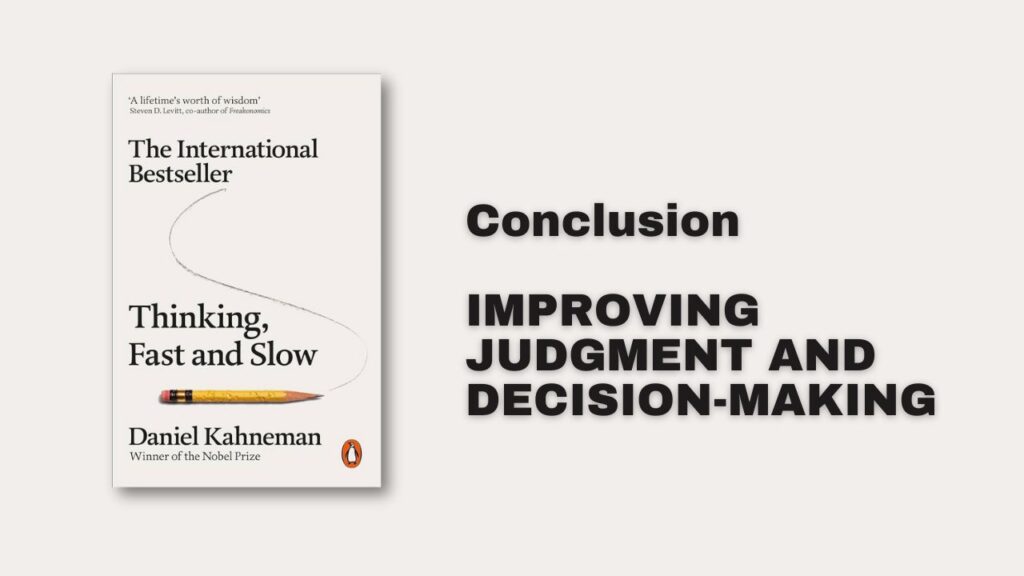
Kahneman concludes by discussing how understanding these two systems and the biases they produce can help improve decision-making. He emphasizes the importance of slowing down and engaging System 2, especially in situations that require careful consideration.
While System 1 is efficient and necessary for everyday decisions, relying on it too much can lead to errors. By being aware of our cognitive biases and taking the time to think critically, we can make better decisions.
“Thinking, Fast and Slow” is a deep exploration of the mind’s inner workings, offering insights into why we think the way we do and how we can improve our thinking processes. By understanding the two systems of thinking and the biases they produce, we can make more informed, rational decisions in our personal and professional lives.
Read The Complete Book

Read More Books Summary
Think Like a Monk
By Jay Shetty
Unfu*k Yourself
By Gary John Bishop
22 Immutable Laws of Marketing
By AL Ries & Jack Trout
The Subtle Art of Not Giving a Fu*k
By Mark Manson
The Secret
By Rhonda Byrne
Think Like an Entrepreneur
By Beverly E. Jones
The 48 Laws of Power
By Robert Greene
How They Succeeded
By Orison Swett Marden





